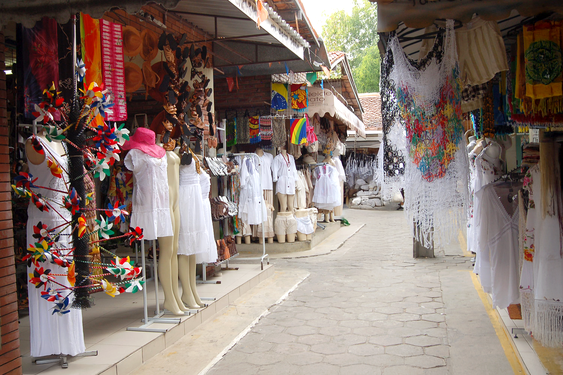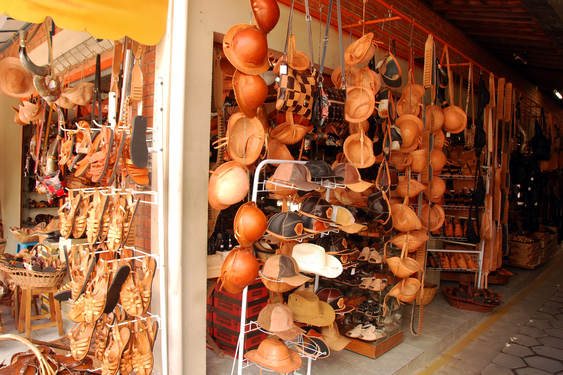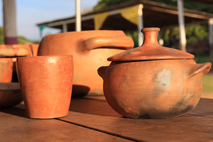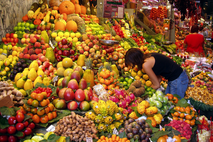Caruaru as a treasury of Brazilian culture
The pulsating heart of Brazil's largest open-air market
The Caruaru market, an open-air market that existed before the city of Caruaru existed. He became known nationwide in 1957 when the well-known singer Luiz Gonzaga sang about him. In the center of
Caruaru there are thousands of market stalls. Street vendors, musicians, singers and poets move between the stalls. The market is like a folk festival with scenes like from an exotic film.
The dealers convince with brilliant rhetoric that puts any theater performance to shame. Acrobats show off their skills. Ballad singers tell of political scandals in verse and are reminiscent of
the medieval minnesingers from Germany.
A market like from an exotic film
There is a market in Caruaru every day. Saturday attracts the most visitors and offers the greatest offerings. There are 14 different "Feiras" (markets) in Parque 18 de Maio and the surrounding area.
Here you can buy everything your heart desires and discover many unexpected things.
The "Feira de Sulanca" sells fashion, jewelry and textiles. The term "Sulanca" used to refer to cheap, low-quality clothing. Better materials and new manufacturing methods changed this meaning. Today it stands for high-quality clothing at reasonable prices. Market visitors can find real bargains here. Egg retailers travel by bus every week from all regions of Brazil.
An unforgettable experience full of colors and sounds
The "Feira de Artesanato" is a lively arts and crafts market. Over 400 artisans sell their goods here. They present their hand-made works made of clay, leather, wood and a large selection of embroidery. The ceramic art in particular is able to fascinate many. This colorful handicraft show vividly reflects Brazil's culture and history.
The "Feira Livre" is the free market. It is the oldest and most popular among the local population. Fresh fruit, vegetables, flowers and roots are offered here. Medicinal herbs from ancient tradition are just as much a part of this as a flour and meat market. A market for cakes and chocolate and a market for tapioca complete the diverse range on offer. There are aluminum dishes, pots and practical everyday items.
Where every encounter promises a new adventure
One of the many curiosities is the "Troca-Troca" barter market, where you can exchange a shirt for a canary, a watch for a pair of shoes or a hat for three live chickens. All part of the unusual
market, which offers an endless number of surprises.
Among the surprises is the "Feira de Importadaos". With a wide variety of electronic products and accessories. This is popularly known as the “Paraguay market” because here you can buy all the
electronic devices that may have been illegally smuggled into Brazil.
If you get hungry, the market has a gastronomy center with six restaurants for those who want to try the local cuisine.
A spectacle of discoveries in the open air

The market became famous after it was first immortalized in a song by Luiz Gonzaga on March 21, 1957.







